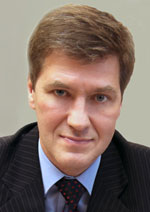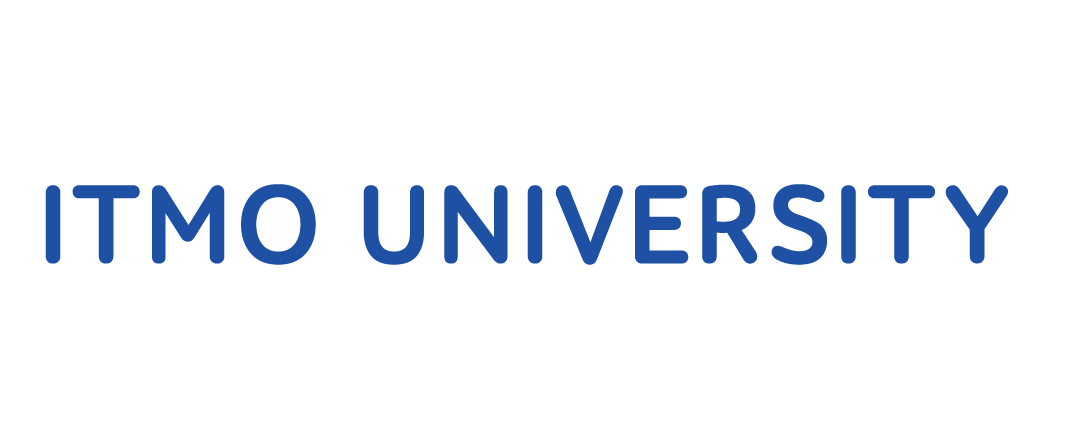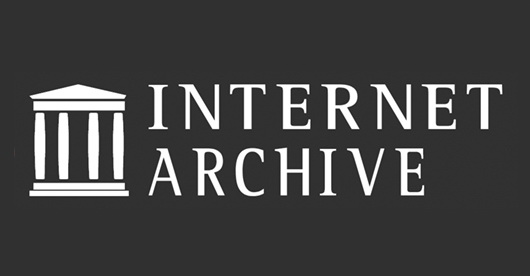Menu
Publications
2025
2024
2023
2022
2021
2020
2019
2018
2017
2016
2015
2014
2013
2012
2011
2010
2009
2008
2007
2006
2005
2004
2003
2002
2001
Editor-in-Chief

Nikiforov
Vladimir O.
D.Sc., Prof.
Partners
doi: 10.17586/2226-1494-2023-23-1-44-53
A method of optimizing the structure of hierarchical distributed control systems
Read the full article
Article in Russian
For citation:
Abstract
For citation:
Onufrey A.Yu., Razumov A.V., Kakaev V.V. A method of optimizing the structure of hierarchical distributed control systems. Scientific and Technical Journal of Information Technologies, Mechanics and Optics, 2023, vol. 23, no. 1, pp. 44–53 (in Russian). doi: 10.17586/2226-1494-2023-23-1-44-53
Abstract
A description of the control system represented in the form of an oriented graph and a method for formalization of the problem of choosing a variant of the control system structure are proposed. The research results of hierarchical distributed control systems based on analytical and statistical models for evaluating performance indicators and optimizing their structure are presented. A model and a method for optimization control systems with a hierarchical structure have been developed which makes it possible to optimize a control system with an arbitrary structure based on the synthesis of a reference variant of a homogeneous hierarchical structure. In comparison with the known methods, the assumption of uniformity of the structure of the control system makes it possible to use an analytical solution when choosing a reference plan in accordance with the proposed criterion in the vector space “efficiency-cost”. The proposed optimization method is based on proofing the possibility to analytically investigate homogenous hierarchical distributed control systems and on establishing the dependency of the cost and time of task solving in the control system on the structure parameters. The method for optimizing the structure in hierarchical distributed control systems consists of two main stages. At the first stage, within the framework of the analytical model, the direct optimization problem is solved by minimizing the processing time with a cost constraint and the inverse optimization problem is solved by minimizing the cost with a processing time constraint. The result is the choice of the best reference plan for a homogeneous control system structure. At the second stage, based on simulation modeling, the problem of determining the “critical” areas (control points) that limit the effectiveness of the control system is solved. The found “critical” areas are subject to improvement by changing their structure and introducing new technical solutions that provide the specified performance indicators of the entire management system. A model of the hierarchical structure of the management system is given. The procedure for selecting the reference variant and the algorithm for modifying the structure of the control system are shown. An example of optimizing the structure of the control system is given according to the criterion of the required throughput. The example showed that the application of the proposed method allows choosing a variant of the structure of the control system that satisfies the selected criterion and the specified constraints. It is advisable to apply the proposed method at the early stages of designing distributed information control systems when choosing variants of their construction and substantiating requirements for the technical characteristics of structural elements.
Keywords: hierarchical distributed control system, analytical model, simulation model, structure, analytical synthesis, construction options, graph section, critical area, throughput, optimization, selection criteria
References
References
-
Ivanov D.A., Ivanova M.A., Sokolov B.V. Analysis of transformation trends in enterprise management principles in the era of industry 4.0 technology. SPIIRAS Proceedings, 2018, no. 5(60), pp. 97–127. (in Russian). https://doi.org/10.15622/sp.60.4
-
TsvetkovV.Y., AlpatovA.N. Problemsofdistributedsystems. Perspectives of Science and Education,2014, no. 6(12), pp. 31–36. (in Russian)
-
Shvedenko V.N., Mozokhin A.E. The concept of managing the network structure of intelligent devices in the digital transformation of the energy industry. Scientific and Technical Journal of Information Technologies, Mechanics and Optics, 2021, vol. 21, no. 5, pp. 748–754. (in Russian). https://doi.org/10.17586/2226-1494-2021-21-5-748-754
-
Tang B., Chen Z., Hefferman G., Wei T., He H., Yang Q. A hierarchical distributed fog computing architecture for big data analysis in smart cities.Proc. of the ASE BigData & SocialInformatics, 2015, pp. 28. https://doi.org/10.1145/2818869.2818898
-
Oesterreich T.D., Teuteberg F. Understanding the implications of digitisation and automation in the context of Industry 4.0: A triangulation approach and elements of research agenda for the construction industry. Computers in Industry, 2016, vol. 83, pp. 121–139.https://doi.org/10.1016/j.compind.2016.09.006
-
Chukanov S.N. Modeling the structure of a complex system based on estimation of the measure of interaction of subsystems. Computer Research and Modeling, vol. 12, no. 4, pp 707–719.(in Russian). https://doi.org/10.20537/2076-7633-2020-12-4-707-719
-
Doronina Y., Skatkov A. Cascade-hierarchical modeling in analyzing the dynamics of complex system resource characteristics. Information and Control Systems, 2020, no. 3(106), pp. 48–58. https://doi.org/10.31799/1684-8853-2020-3-48-58
-
Novikov D.A. Analytical complexity and errors of solving control problems for organizational and technical systems. Automation and Remote Control, 2018, vol. 79, no. 5, pp. 860–869. https://doi.org/10.1134/s0005117918050077
-
Bukov V.N., Bronnikov A.M., Ageev A.M., Gamayunov I.F. An analytic approach to constructing configurations of technical systems. Automation and Remote Control, 2017, vol. 78, no. 9, pp. 1600–1613. https://doi.org/10.1134/s0005117917090053
-
TregubovR.B., AleksikovY.G., SaitovS.I. Representationofthehierarchicalmultilayerroutingsystemsinaset-theoreticbase. SPIIRAS Proceedings, 2016, no. 3(46), pp. 139–168. (inRussian). https://doi.org/10.15622/SP.46.15
-
AshimovA.A., GeidaA.S., Lysenko I.V., YusupovR.M. System functioning efficiency and other system operational properties: research problems, evaluation method. SPIIRAS Proceedings, 2018, no. 5(60), pp. 241–270.(in Russian). https://doi.org/10.15622/sp.60.9
-
Netes V.A. Bilateral estimates of the effectiveness retention ratio of the systems with output effect depending on the number of executive elements. Automation and Remote Control, 2018, vol. 79, no. 11, pp. 2033–2037. https://doi.org/10.1134/S0005117918110073
-
Doronina J.V., Ryabovaya V.O., Chesnokov D.I. Using model-based design for solving structural synthesis problems. SPIIRAS Proceedings, 2016, no. 6(49), pp. 122–143.(in Russian). https://doi.org/10.15622/sp.49.7
-
BagrecovS.A., VezirovV.N., L'vovV.M. etal.Synthesis Technology of the Organizational Framework of the Complex Control Systems. Moscow, VIMI of Federal State Unitary Enterprise, “Ergocentr”,1998, 224 p. (inRussian)
-
Kaliaev I.A., Gaiduk A.R., Kapustian S.G. Models and Algorithms of the Shared Control in Robot Teams. Moscow, Fizmatlit Publ., 2009, 280 p. (in Russian)
-
RapoportE.Y., PleshivtsevaY.E. Methodofmultiobjectiveoptimizationofcontrolledsystemswithdistributedparameters. SPIIRAS Proceedings, 2018, no. 5(60), pp. 64–96.(in Russian). https://doi.org/10.15622/sp.60.3
-
Gubko M.V. Model and Methods for Optimizing the Structure of Hierarchical Information Processing Systems. Thesis for the degree of doctor of physical and mathematical sciences. Institute of Control Sciences V.A. Trapeznikov Academy of Sciences. Moscow, 2014, 327 p. (in Russian)
-
Kandyrin Yu.V., Shkurina G.L. Creation of partial orders of variants for selection of optimal alternatives in homogeneous sets. Scientific and Technical Journal of Information Technologies, Mechanics and Optics, 2015, vol. 15, no. 3, pp. 476–482.https://doi.org/10.17586/2226-1494-2015-15-3-476-482
-
Timofeeva G.A. Probabilistic solutions of conditional optimization problems. Trudy Instituta Matematiki i Mekhaniki UrO RAN, 2020, vol. 26, no. 1, pp. 198–211.(in Russian). https://doi.org/10.21538/0134-4889-2020-26-1-198-211
-
Ford L.R., Fulkerson D.R. Flows in Networks. Princeton University Press, Oxford University Press, 1962, 212 p.
-
Venttcel E.S. Operations Research. Moscow, Sovetskoe Radio Publ., 1972. 407 с. (in Russian)













